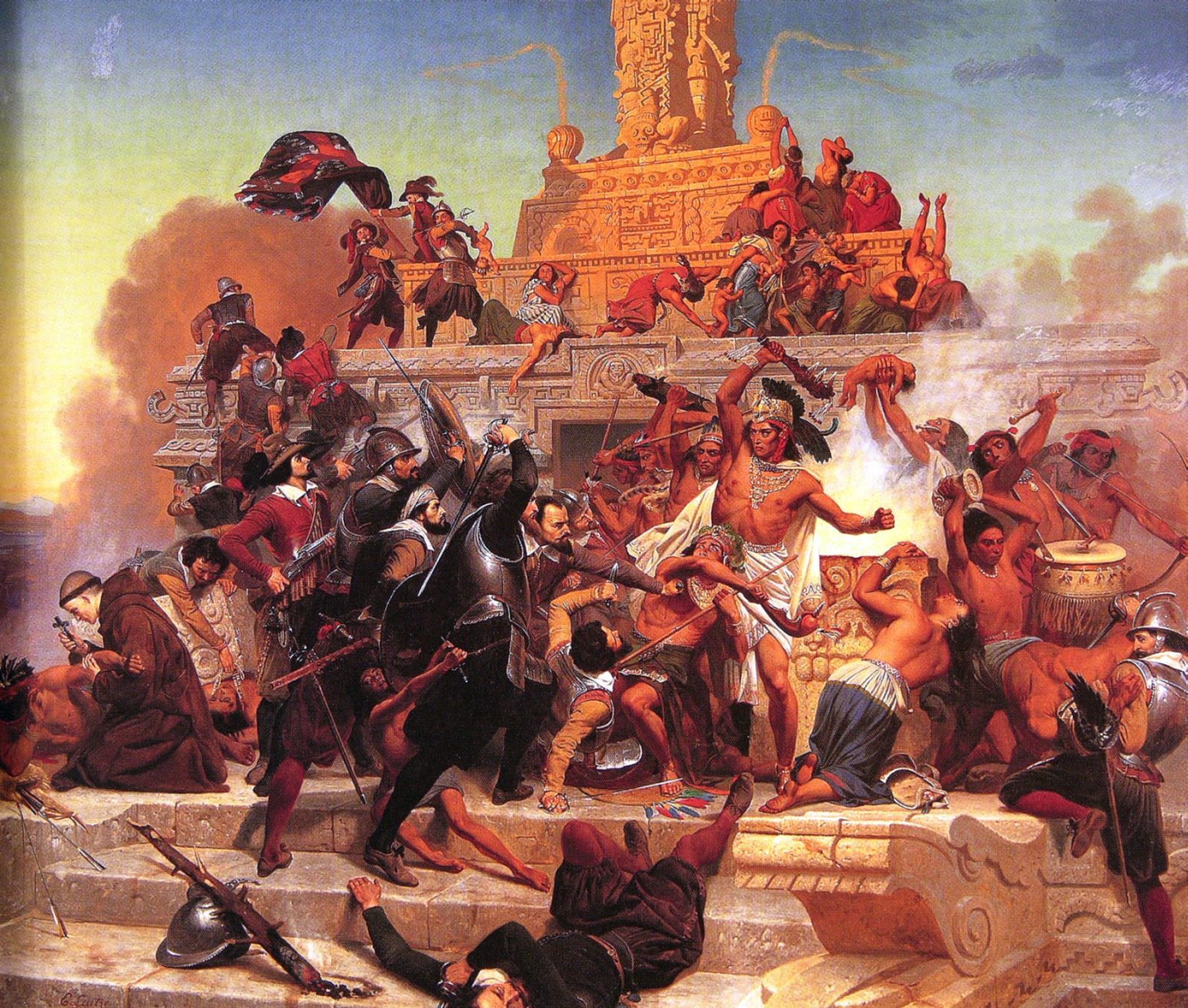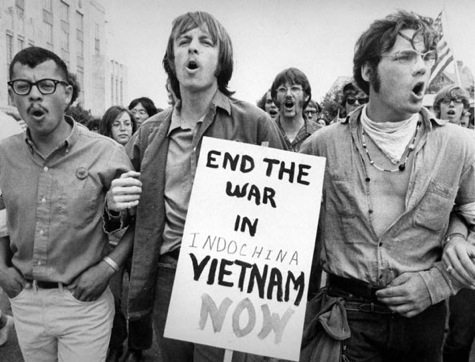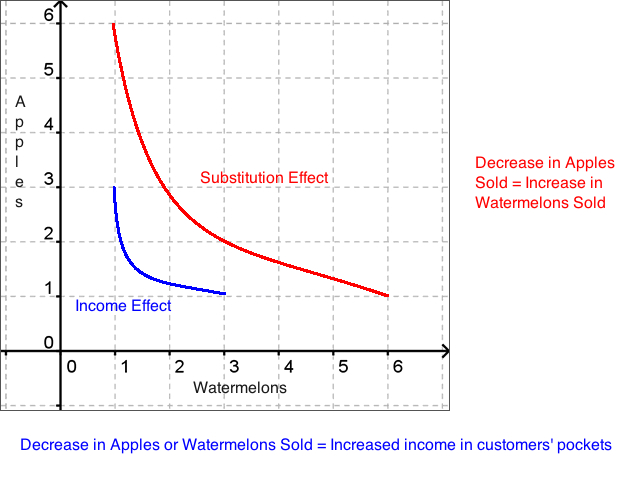 When an employer hires one additional person to increase productivity, he or she is seeking to make more money by increasing their labor force. In this scenario we have what is called increased marginal returns. Because the additional employee can increase productivity and increase profitability he or she has increased their marginal returns.
When an employer hires one additional person to increase productivity, he or she is seeking to make more money by increasing their labor force. In this scenario we have what is called increased marginal returns. Because the additional employee can increase productivity and increase profitability he or she has increased their marginal returns.There is a limit to how many people you can hire and still have increasing marginal returns. For example, if your shop was small and had only space for two employees, you may start to run into trouble if you attempt to stack 6 additional employees into your shop. In this case adding employees hurts production and you have what is called decreased marginal returns.
It goes even further than that. Now you have 40 employees in your 10' x 10' shop (I apologize for the hyperbole but it's necessary to make the point). At this point there are so many people stacked on top of each other that productivity decreases beyond profitability. In this example we have what is called negative marginal returns.
Economists use charts and math to determine which efforts could best keep marginal returns in the positive. When a business owner finds that they are decreasing, or in an even more disturbing situation, a negative marginal return, then he or she has to make changes. Maybe a larger shop, decrease labor costs, lay off employees, and/or forced retirement are all avenues which could be used to remedy a diminishing or negative marginal returning labor force.
There are other costs to consider when operating a business. Production costs do not simply relate only to employees. There are fixed costs that must be studied as well. The lease on your business property is a fixed cost that must be figured into your business plan. Fixed costs use money, but are fixed, so in a business since they are predictable and do not change.
On the other hand, entrepreneurs have other costs which are not fixed. Variable costs change. Think of gasoline for a trucking company or the cost of electricity for the shop. These variable costs can be a cause for a major headache for a business owner who is expecting to make specific profits based on a given business model. When adding the total costs to the variable costs you have what is called the total costs. Total costs include everything from employee pay to raw materials. The total cost is one of the most important figures to consider in a business setting.















































